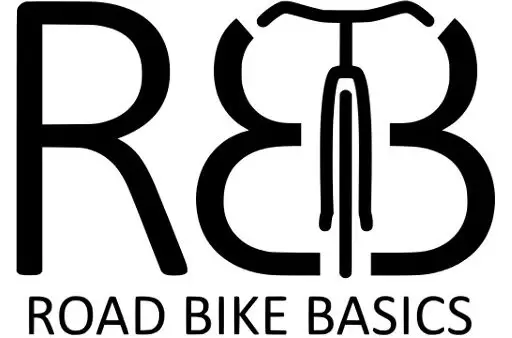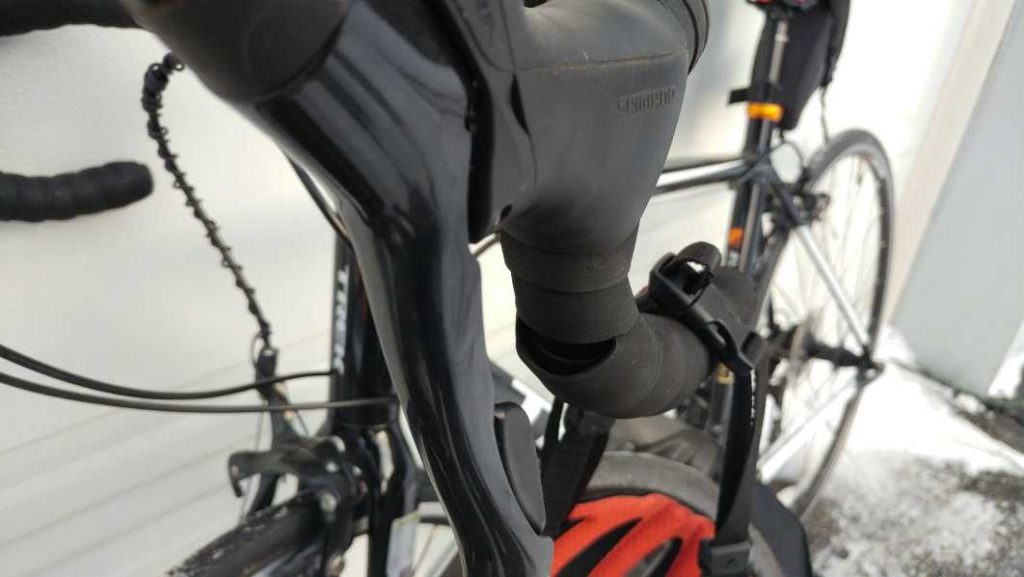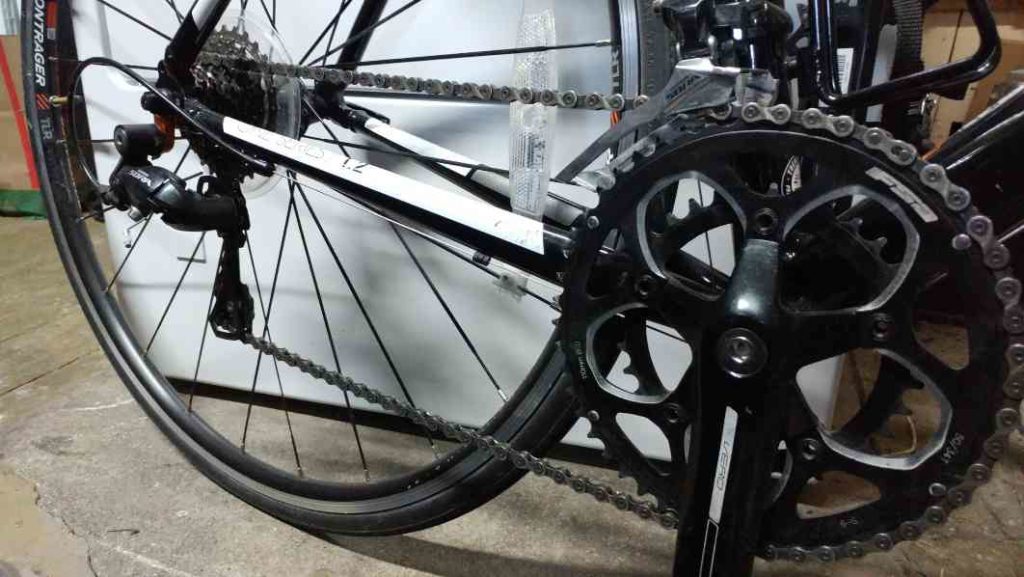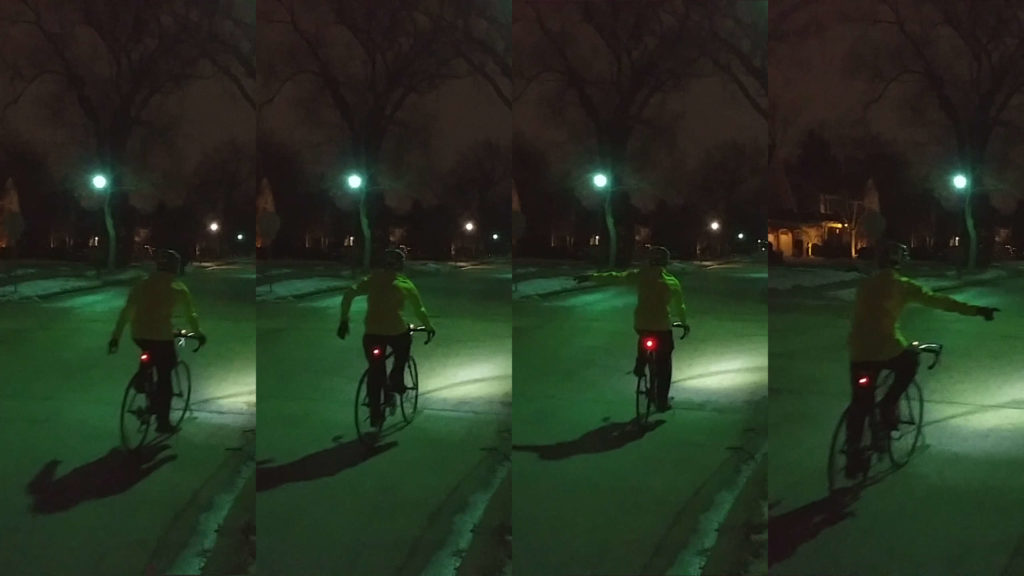If you aren’t familiar with how road bike shifters work, they can be a bit daunting at first. Thankfully, there are only a few things that you need to remember that will make shifting that much easier.
The brake levers are also your shifters. You can push one of the levers to the side to shift. The left shifter is for the front gears and the right shifter is for the rear gears. The big lever shifts your chain to a bigger gear and the small lever shifts to a smaller gear.
If you are more interested in knowing when you should shift your gears, I have an article on that right here.
Derailleur
The derailleur (pronounced DEE-RAIL-YER) is the movable arm that transfers your chain from one gear to another. Unless there is only one gear to choose, you’ll have a front and a rear derailleur.
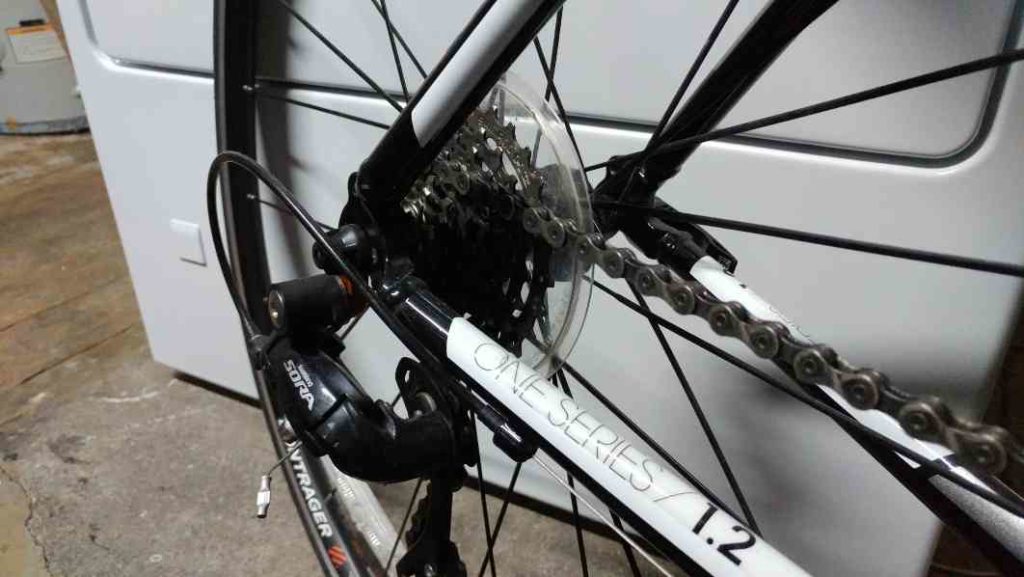
Cassette vs chainring
The cassette and chainring are both groups of gears. Your bike’s rear gears are called a cassette. There are usually 9 to 11 gears in a cassette.
Your bike’s front gears are called the chainring. The most common chainring is a double chainring (two gears), but you can have a single (one gear) or a triple (three gears).
You may also hear them sometimes referred to as a “two-by” (2x), “one-by” (1x), or “three-by” (3x), but that is usually done when talking about both sets of gears. So, if your bike has two gears on the chainring and nine in the cassette, you could call that a two-by-nine (2×9).
High gear vs Low gear
High gear is any gearing selection that results in a lot of forward motion for not a lot of pedaling. High gear is much harder to pedal in than a low gear, but you can go much faster.
Low gear is any gearing selection that doesn’t move you forward very far for a lot of pedaling. Low gear is great for going up a hill, moving slowly, and getting up to speed from a stop. Otherwise, you will most likely spend the majority of your time in high gear going fast.
You have to pedal when shifting
The movement of the chain is what allows it to get fully around the next gear. If you shift without pedaling, you are just pushing the chain against the gears, which isn’t good for either of them.
And before you ask, no, you can’t pedal backward while you shift. The derailleur pushes the chain over the next gear and the new gear pulls the chain along. Pedaling in reverse has the derailleur pushing the chain after it is already off of the gear.
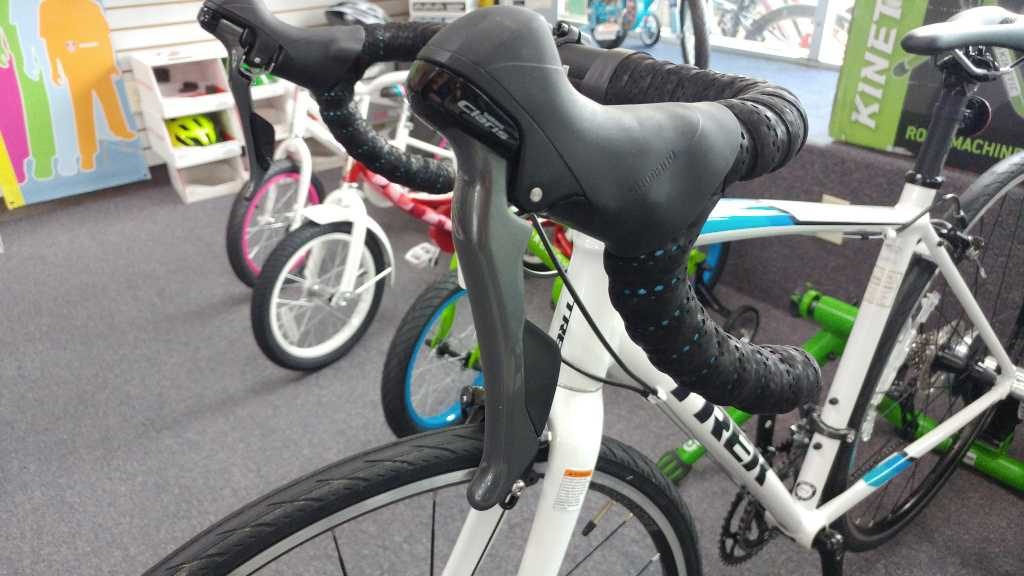
Left shifter
The left shifter moves the front derailleur to shift between gears on your chainring. While you will have fewer gears on your chainring than on your cassette, the difference between them is very large. So, use your left shifter to make large adjustments to your gearing.
It is important to remember that shifting into a larger front gear will put you into a higher gear.
Right shifter
The right shifter moves the rear derailleur to shift between gears on your cassette. There are many more gears on your cassette than on your chainring, and the difference between them is fairly small. So, use your right shifter to tune in your desired gear ratio.
It is important to remember that shifting to a smaller the rear gear, the higher the gear. That is the opposite of your front gears.
Big lever vs Small lever
Regardless of which shifter you are using, the big lever moves the corresponding derailleur over to a larger gear. It should make sense, then, that a shifter’s small lever will move the corresponding derailleur over to a smaller gear.
Remember what gear you are in
You don’t need to constantly be thinking about it, but knowing which gears your chain is on will make your ride more seamless. You won’t have to constantly keep checking on your gears when you need to slow down or speed up.
My personal preference is to select a middle gear in my cassette and to switch back and forth between my big and small gears on my chaining. It reduces the amount of shifting I need to worry about and lets me worry more about what’s ahead.
Don’t shift under load
It’s important to not have your chain under a lot of tension while you are shifting gears. That will make it much more difficult for your derailleur to get the chain all the way over to the new gear.
If you are in a situation where you are already pedaling pretty hard, like going up a hill, do a short burst of really hard pedals and then lighten up for just a moment as you shift. It will take some practice, but it is a valuable skill to have. Especially when trying to get into a low enough gear while going up a steep hill.
Cross chaining (and why you shouldn’t)
Cross chaining is the phrase for when your chain goes from one side of your chainring to the other side of your cassette. Here’s a picture of what I’m talking about.
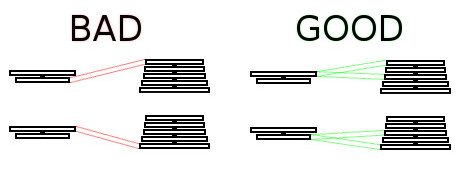
Cross chaining can wear out your chain, gears, and derailleur prematurely. As well, there is always a non-cross-chain gearing selection that will achieve the result you are looking for.
My typical gearing selection comes in handy here too. If I only shift between my front gears and keep a middle gear on my cassette, I can’t cross the chain.
Shifting a dropped chain back on
Every once in a while, you’ll accidentally shift your chain off of the gear. You can always stop and use your finger or a stick to get it back on, but you can also do it while still riding.
Pedal softly and gently press the lever that moves the chain back toward the gear. DO NOT FORCE IT! If you try to power through much resistance, you are likely to cause damage to your equipment.
I hope that all of this will empower you to quickly and confidently shift to whichever gear you need. If you want to keep learning about shifting, check out my article on when to shift gears.
Thanks for being here!
I make content that empowers people to enjoy riding their bikes.
Are you interested in learning more about that?
Here are some hand
